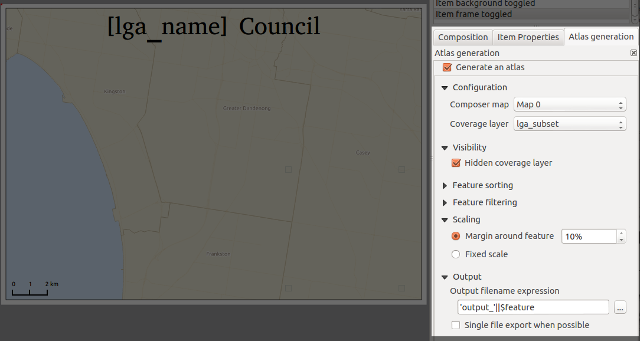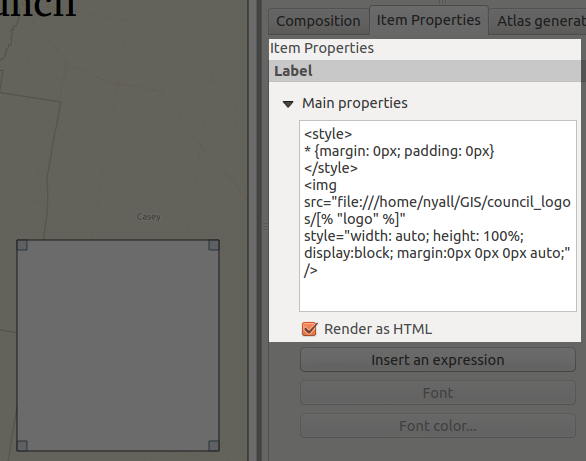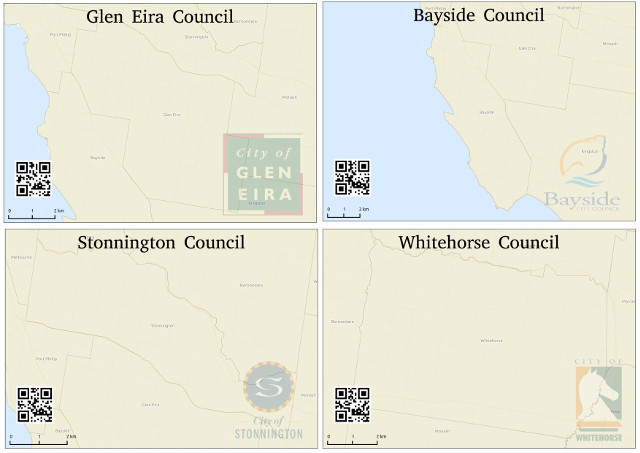Waiting for QGIS 2.2 – Composer Improvements (part 1)
In the spirit of depesz’s “Waiting for Postgresql 9.#” series (and BostonGIS’ follow up Waiting for PostGIS 2.#), here’s the first in a new series of “Waiting for QGIS 2.2″ posts…
As I mentioned in my last post, one of my major goals for QGIS 2.2 is to make the print composer behave more like a professional DTP package. A big part of this is making sure QGIS respects all the expected standard behaviour for graphic design programs. While the print composer made huge advances toward this goal in version 2.0, there’s still further we can go.
So, let’s start with a list of all the new usability features the print composer has already gained for QGIS 2.2:
- Selections of multiple items can all be moved and resized together (previously only one item in the selection would be altered)
- Mouse handles are always drawn on the top of the composition – in earlier versions mouse handles could be hidden by items sitting higher in the composition
- Holding shift while resizing items locks their aspect ratio
- Holding control while resizing items causes them to resize from their centre
- Holding shift while moving items locks the movement to the horizontal or vertical
- Holding control while moving items temporarily disables any grid or guide-based snapping
- Items can be removed from a selection by shift-clicking them
- Control-clicking an item causes the next item below it to be selected – this allows you to select items which are hidden behind other items
- Holding shift while moving items using the cursor keys results in a large item movement
- There’s a new “Edit” menu in the composer, with options like
- Select All/Select None and Invert Selection
- Select Next Item Above and Select Next Item Below
- Lock Selected Items and Unlock All
Additionally, there’s a bunch of pull requests which haven’t yet been merged to master, but are ready to go, including:
- Adding a dedicated “pan” tool for dragging around compositions
- Compositions can be panned at any time by holding the space key or middle mouse button
- Compositions can be zoomed by using the mouse wheel
Some of these are simple little changes which don’t sound like much, but it’s not until you’re forced to work without something like shift-resizing to lock the aspect ratio that you realise how often you use it and rely on it!















